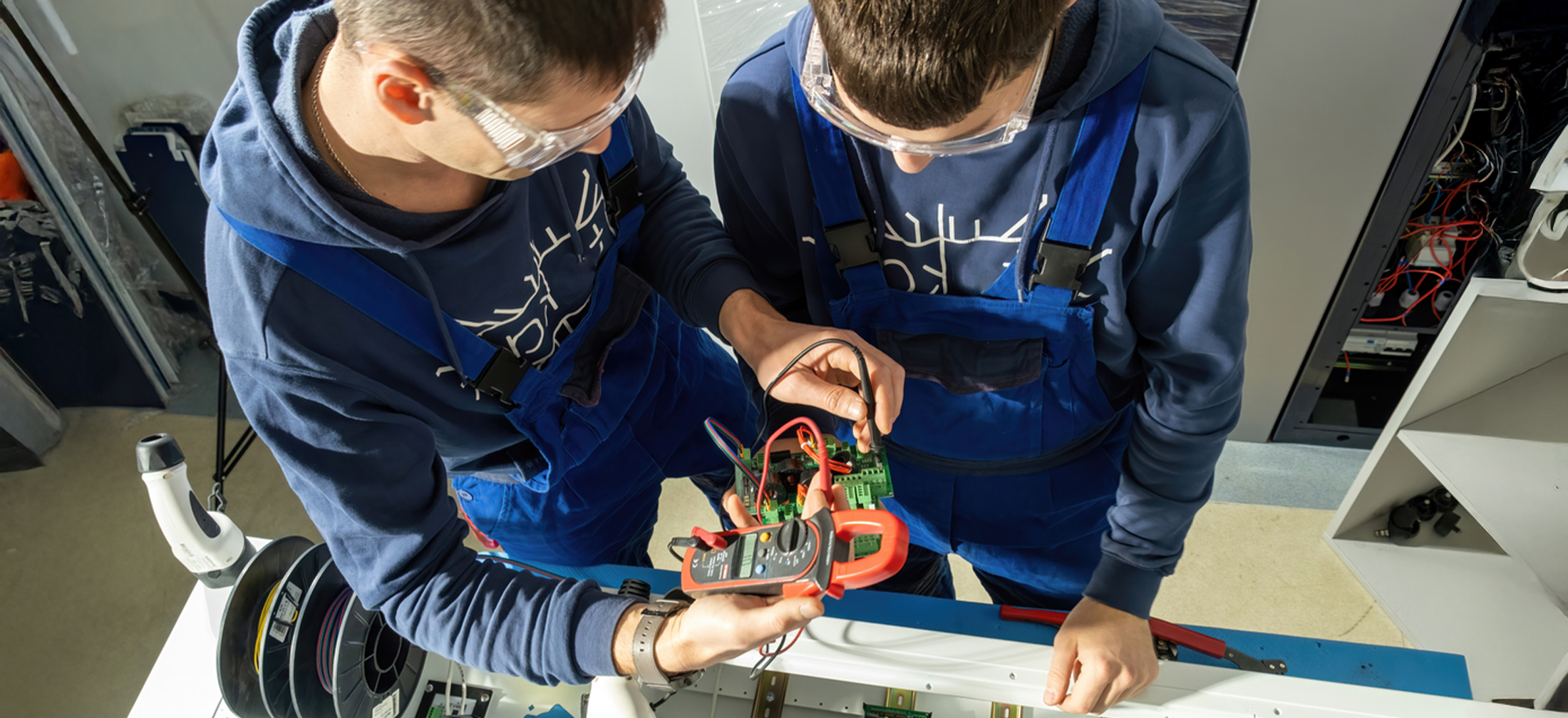Denver, CO – A new report from the Regional Educational Laboratory (REL) Central details patterns in dual enrollment access and participation in the 2017-18 school year for the REL Central region states (Colorado, Kansas, Missouri, Nebraska, North Dakota, South Dakota, and Wyoming) and for the region overall. Dual enrollment programs aim to increase college access and career readiness by allowing high school students to take college courses and earn college credits.
“Access to dual enrollment programs is especially important for rural and low-income students in our region,” said Trudy Cherasaro, director of REL Central. “Dual enrollment courses can help students overcome rural challenges such as distance from four-year colleges, easing the transition from high school to college. They can also reduce the financial burden of higher education by offering free, subsidized, or less expensive college credits in high school.”
Eighty-two percent of high schools in the REL Central region provided at least one dual enrollment course to their students, compared with 78 percent nationally. Among states in the REL Central region, the percentage of schools providing at least one dual enrollment course ranged from 75 percent in Colorado to 88 percent in Nebraska. The report also shares information about access to and participation in dual enrollment courses by school locale (city, suburban, town, or rural) and by percentage of students from low-income households.
Key findings from the report include:
- Students in rural and city locales tended to have less access to dual enrollment than did their peers in town and suburban locales.
- Participation in dual enrollment was generally higher for students in rural and town locales than for their peers in suburban and city locales. Rural locales had the highest percentage of students participating in dual enrollment courses in Wyoming (41 percent), Missouri (33 percent) and Nebraska (32 percent).
- Schools serving higher percentages of students from low-income households had higher rates of dual enrollment access and participation, both in the REL Central region and nationally.
The findings suggest rural schools that were committed to dual enrollment may have provided more incentives, supports, or encouragement for their students to take dual enrollment courses than schools in more urban locales did. Education leaders in the REL Central region can use the study findings to advance progress toward state and district goals for postsecondary readiness and help develop supports or incentives related to dual enrollment.
Understanding Access to and Participation in Dual Enrollment by Locale and Income Level is available on the Institute of Education Sciences website.
REL Central, operated by Marzano Research, is one of 10 Regional Educational Laboratories funded by the Institute of Education Sciences at the U.S. Department of Education. RELs work in partnership to conduct applied research and training with a mission of supporting a more evidence-based education system. REL Central serves Colorado, Kansas, Missouri, Nebraska, North Dakota, South Dakota, and Wyoming.



